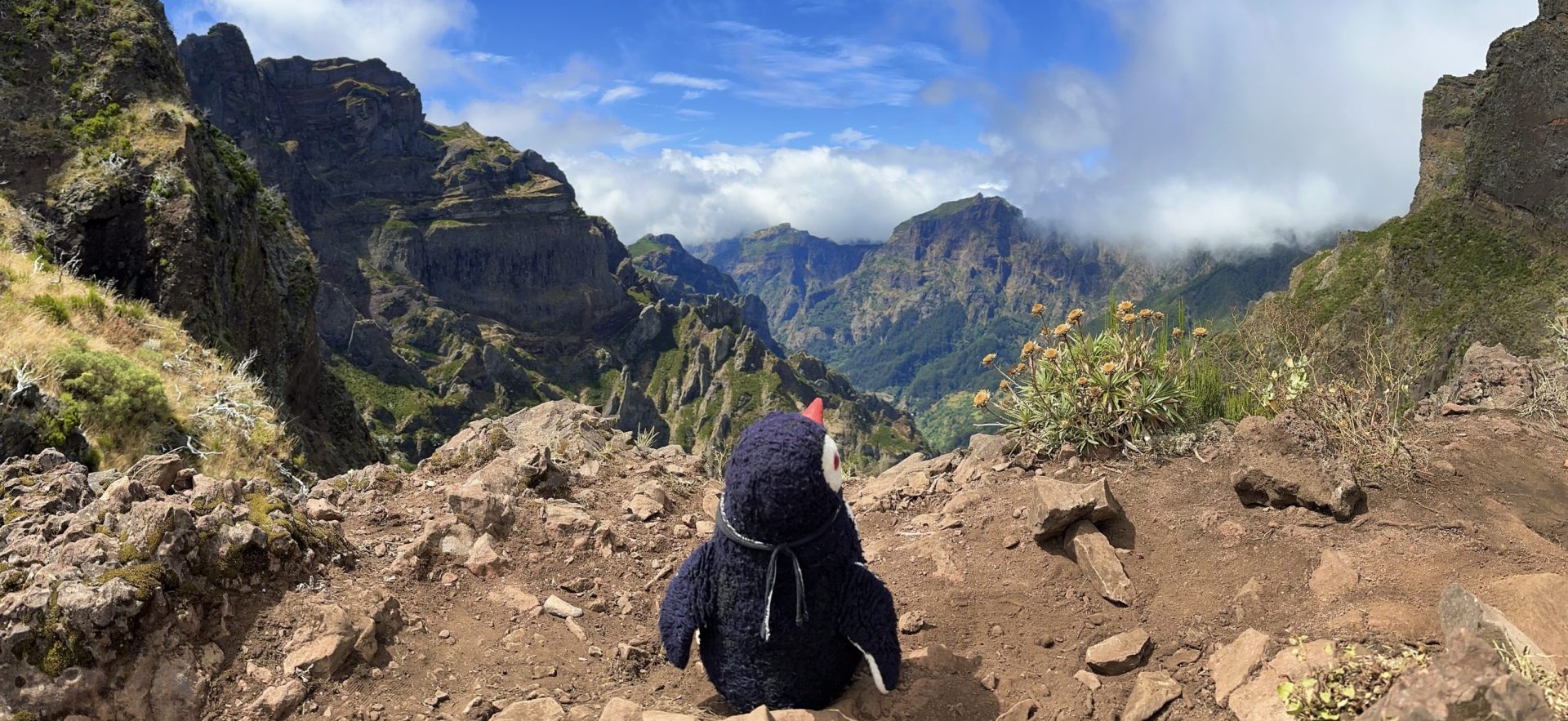Explore the Fushimi Inari Shrine in Kyoto
There are many places where Japan stole our hearts; however, Mt. Inari holds a special place in our hearts. It felt out of this world when climbing the mountain and reaching the top. For some reason, you can feel the atmosphere in your core that the mountain holds.

After spending a few days in Tokyo, the city started to get overwhelming, so we took a Shinkansen to Kyoto. The former capital city is magical, but we will focus on Mt. Inari.
Things to know before you visit
- Fushimi Inari Taisha is one of the most important Shinto Shrines in Kyoto, making it one of the most visited ones. Tourists come here primarily because of the well-known orange torii gates. If someone says Japan, then apart from Mt. Fuji, the torii gates are the second thing that will pop into your mind.
- The mountain is 764 feet above sea level, and along the way up, you will encounter smaller shrines dotting the trail about 4 km (about 2.5 miles) long.
- The shrine at the foot of the hill is the oldest Shinto shrine in the whole of Japan, established in 711.
- There are several fox statues. In Japan, people regard the fox as the messenger of gods. They also believe it is closely associated with the god of rice, Inari Okami.
- Be ready for a waddle. It is quite a climb, but it is worth the effort. Depending on your fitness level, it can take you from 40 minutes to one hour.


Who is Fushimi Inari Taisha?
Fushimi Inari Taisha is the god of rice, sake, prosperity, and patron of business merchants. A whole shrine dedicated to the god is at the foot of Mount Inari.
How many torii gates are at Mt. Inari?
A lot. Though when talking about numbers, there are over 10 000 torii gates. These gates are also the reason many visitors come to visit the shrine.








They mark the start on the hiking trail and go all the way up to the top. We couldn’t believe our own eyes as we made it up.
In case you don’t know, a torii gate is a traditional Japanese gate usually found at the entrance of or within a Shinto shrine and symbolizes the transition from the mundane to the sacred. The reddish/orange color of the gates represents the sun.
Each famous torii shrine gate is a generous donation by an individual or a Japanese business person. They do this with the hope of receiving good luck and fortune. When one donates a gate, their name is inscribed in black ink on the back of each gate.
Legend says
The legend says that a long time ago, an aristocrat named Hatanoirogu was practicing archery using a mochi or rice cake as a bow.
The mochi turned into a swan and flew away, and then it eventually landed on the peak of the mountain, where it transformed into rice plants and grew into rich crops.
The nobleman then believed it was a message from the gods; thus, he built a shrine on the mountain dedicated to Inari, the god of rice and agriculture.
It is said that the name “Inari” comes from this story since rice in Japanese is called “ina” and grow is called “naru“; combined, it formed the word Inari.

How do I get to Inari Shrine?
The shrine is located outside Inari Station on the JR Nara Line, a five-minute train ride from JR Kyoto Station. Take the JR Nara Line to Inari Station. Or alternatively, take the Keihan Line to Fushimi Inari Station. It’s about a 7-minute walk from there.





Our Waddle up Mt. Inari
The first thing before you explore the thousands of torii gates is the shrine and its ground. It is wast and beautiful to waddle around it. It has a certain serenity around it despite the many people present.





How do you pray at Inari Shrine?
One more tip for your visit is how to pray at the shrine. It is pretty simple. Bowing is done by bending 90 degrees at the waist and bowing your head deeply twice. Then clap twice and pray quietly for a moment before bowing your head once more. After paying respects at the main shrine, pay respects at the other minor shrines, the inner sanctum, and Mt. Inari.

The second thing that you really notice is the many foxes. They are across the shrine grounds, but you will also encounter them on the way up. As mentioned, the foxes or kitsune are regarded as god’s messengers. The more up you go, the more interesting it gets. Some of the foxes have keys in their mouths. These are keys to the rice granaries which the foxes protect. Some foxes have scarves and hats (which are beyond cute).







Although there are thousands of foxes, you will also find what we call a “frog shrine” at the mountain. We found it on our way down, and it was indeed a pleasant surprise, as well as the vending machine in the middle of the forest.




Apart from all the things you will encounter around you we also really enjoyed the view. Don’t forget; it is a mountain.


We hope you enjoy the waddle, and remember, the higher you go, the fewer people you meet. And don’t forget to stop here and there and breathe.



